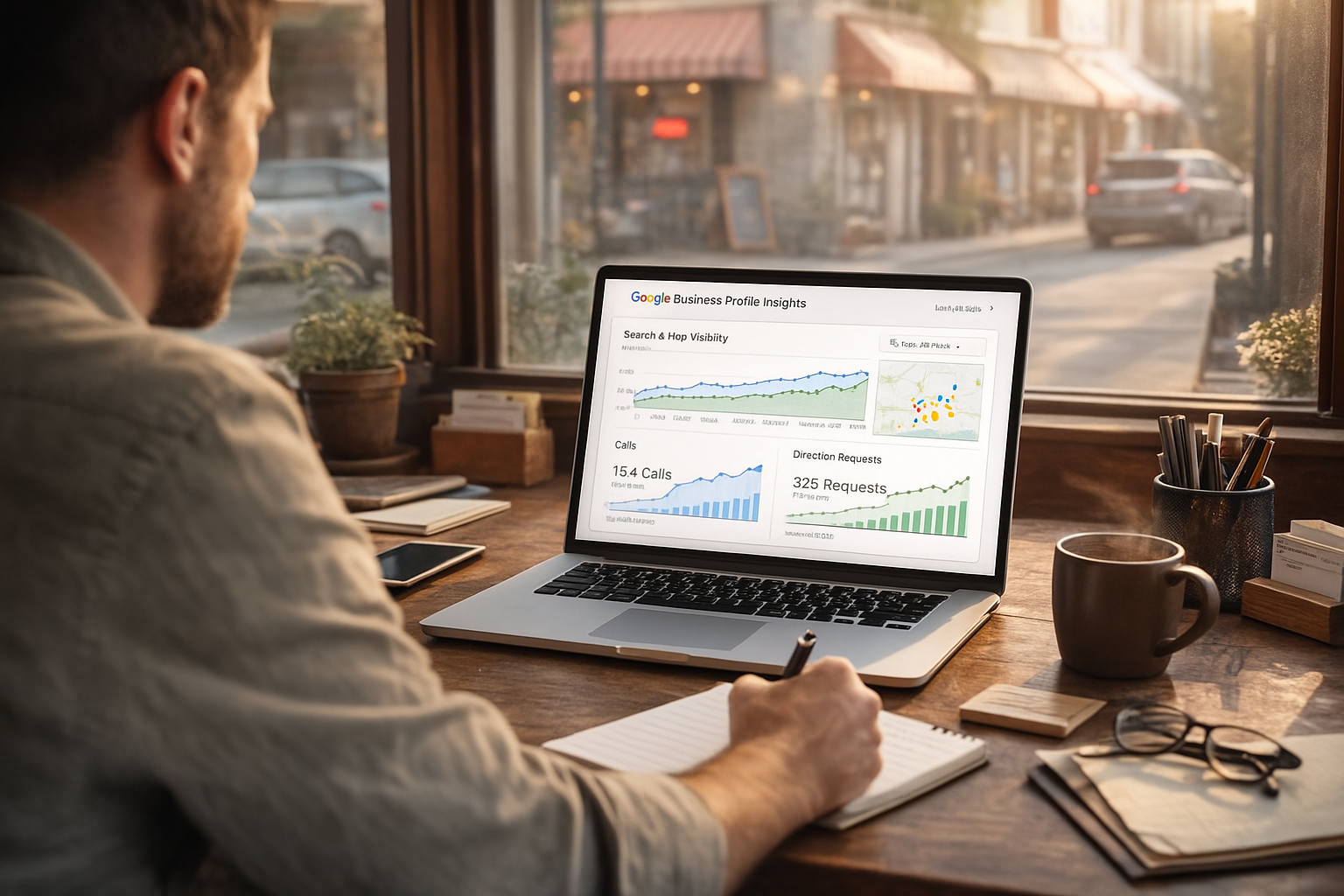Marketing in the Midst of a Crisis
The effects of the coronavirus are unprecedented for anyone alive today. So, it’s difficult to know the right steps to take for you, your employees and customers. While we don’t have all the answers, we are always happy to have a conversation (schedule a free consultation with us here ) whether you need advice or just someone to bounce ideas off of.
As questions arise about how your digital marketing efforts may need to adapt as well, we’re here to help. We’re available by phone, email and video chat—so don’t hesitate to reach out.
Here are a few steps you can take right now:
1. Update your customers.
Whether it’s the subject of your next blog, your next social post or your newsletter, it’s a good idea to let your customers know how you’re responding and what they can expect from you over the next several weeks.
And continue to keep them in loop! Your audience is probably overwhelmed with updates right now, so it can be tricky to get through. The best practice is to include information in your update that’s actually useful to your customer base. What tips can you provide? What questions can you answer?
2. Think about your next move.
We get that the future is unpredictable, but we also know that business owners are already thinking of ways to adapt and respond to customers’ needs. How does isolation affect your customers? People are in need of creative solutions, hopeful messages, and factual information. Your business can help provide those things.
3. Pick up your abandoned projects.
It happens all the time in our industry: a business makes the decision to revamp their marketing strategy, update their website, reinvigorate their social, etc. and then the efforts fall by the wayside once things get busy.
Businesses now closed to the public are using the opportunity for physical renovations. Why not implement some digital renovations, too? You might find that now is a good opportunity to work on web, social, and email projects that you’ve put off—as those can be handled remotely.
At GetPhound, we’re offering flexible and deferred payment options—fear of the future doesn’t have to stop you from having a conversation about the best course forward for your business.
This is a rough time for many, but we’ll get through it by supporting our communities. For those already in our community, we’re fortunate to be your digital marketing partner and we’re here to help in whichever way we can!
The post Marketing in the Midst of a Crisis appeared first on GetPhound.












